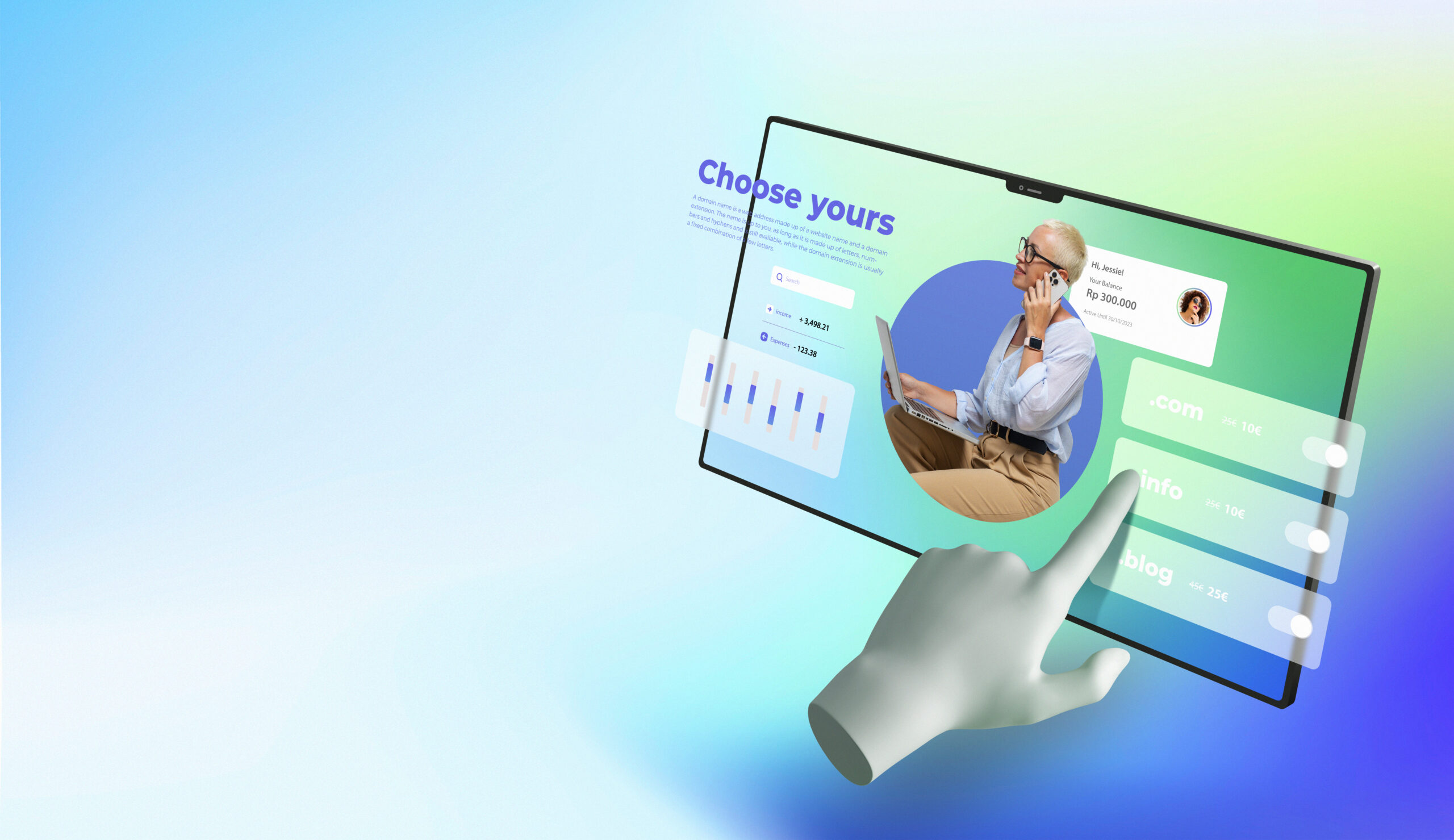In our digital age, having an online presence isn’t just a plus—it’s a must. Whether you’re a budding entrepreneur, an artist showcasing their work, or a business reaching out to a wider audience, a website is your key to unlocking countless opportunities. But how do you go from having a brilliant idea to bringing it to life online? Let’s demystify the process of website development with a clear, 6-step guide. Whether you’re tech-savvy or a complete beginner, these steps will make things easy and straightforward. And remember, building a website doesn’t have to be a daunting task—it can be both fun and fulfilling!
Experience unparalleled service quality with our Webtec Developers!
1. Define Your Purpose
Every great creation starts with a clear vision. In the world of website development, this means defining your website’s purpose. What do you aim to achieve? Who is your target audience? Start by jotting down the primary goals of your site. For instance, if you’re an artist, your website might be a platform to display your portfolio. Or, if you run a business, it could serve as an online store or a platform for clients to get in touch.
By having a clear purpose, your website development process becomes much more focused. Each design choice or feature will align with that core objective. So, before diving into design or code, take a moment to define what success looks like for your site.
2. Choose the Right Platform
The backbone of any website is the platform it’s built on. And in today’s website development world, you’re spoiled for choice! From website builders to more advanced content management systems, there’s a platform tailored to your needs and technical skills. For beginners, website builders like Wix or Squarespace offer intuitive drag-and-drop interfaces. You won’t need to delve into coding, and you can still create a professional-looking site. However, if you’re looking for more customization and control, platforms like WordPress might be the way to go. With a steeper learning curve, WordPress offers the flexibility to create anything from a simple blog to a fully-fledged online store.
When selecting a platform, consider your website’s purpose, your technical expertise, and the features you might need. Choosing the right platform now will save you headaches in the later stages of website development.
If this topic interests you, Is Web Development A Product Or A Service? offers further insights.
3. Design With Your Audience in Mind
A website’s design is the first thing your visitors will notice. So, it’s essential to make a lasting first impression! In the realm of website development, good design is more than just aesthetics—it’s about functionality and user experience. Start by sketching a rough layout of your website. Think about the essential pages you’ll need, such as a homepage, about page, contact page, or product listings. Consider the flow: how will visitors move from one section to another? And most importantly, ensure that your design caters to your target audience. For instance, if your audience is tech professionals, a clean and modern design might resonate with them. On the other hand, a site targeting children might benefit from more vibrant colors and playful fonts. Moreover, in the age of mobile devices, it’s crucial that your design is responsive. This means your website should look and function well, whether viewed on a desktop, tablet, or smartphone. Remember, your website’s design should not only be visually pleasing but also intuitive. A user-friendly site keeps visitors engaged and encourages them to explore further.
4. Incorporate Engaging Content
Content is king. It’s the heartbeat of every website and plays a pivotal role in website development. Whether it’s written articles, photos, videos, or interactive elements, your content communicates your brand’s message and value proposition.
Begin by crafting high-quality, relevant content that aligns with your website’s purpose. If you’re running a blog, regular articles or updates about your niche can keep visitors returning. For businesses, detailed product descriptions, customer reviews, and testimonials can boost credibility and drive sales. Additionally, ensure your content is optimized for search engines. This is known as Search Engine Optimization (SEO). Incorporating relevant keywords and meta descriptions can help your site rank higher in search results, attracting more organic traffic.
Lastly, always keep your audience in mind. Tailor your content to address their needs, answer their questions, and solve their problems. When visitors find value in your content, they’re more likely to stay, explore, and even become loyal followers or customers.
5. Test and Refine
Launching a website isn’t the end of website development; it’s just the beginning. Once your site is live, it’s crucial to test its performance, gather feedback, and make necessary refinements. First, ensure that all links, buttons, and features work as intended. Check the site’s loading speed, as slow websites can turn visitors away. Use tools like Google PageSpeed Insights to get insights and recommendations.
Gather feedback from friends, family, or even early visitors. They might spot issues you missed or offer suggestions to enhance user experience. Be open to this feedback; it’s invaluable for growth. Moreover, keep an eye on analytics. Platforms like Google Analytics can provide insights into your visitors’ behaviors, such as which pages they visit most, how long they stay, and what content resonates with them. Use this data to continually refine and adapt your website to better meet their needs.
6. Promote and Grow
Once you’re confident in your website’s functionality and content, it’s time to share it with the world. Promotion is a crucial step in website development that’s often overlooked. Begin by sharing your website on your social media channels. Encourage friends, family, and colleagues to do the same. If you have a budget, consider using paid advertising, like Google Ads or social media promotions, to reach a wider audience. Engage with your visitors by responding to comments, emails, or feedback. Building a community around your brand can foster loyalty and word-of-mouth referrals. Lastly, stay updated with the latest trends in web design, SEO, and your specific industry. The digital world is ever-evolving, and staying proactive will keep your website relevant and ahead of the competition.
Conclusion
Building a website might seem overwhelming at first glance, but by breaking the process down into manageable steps, you’ll find that it’s entirely achievable. From defining your purpose to promoting your finished site, each stage of website development is an opportunity to refine your vision and create an impactful online presence. So, arm yourself with knowledge, dive into the process, and watch as your ideas come to life on the digital stage.



